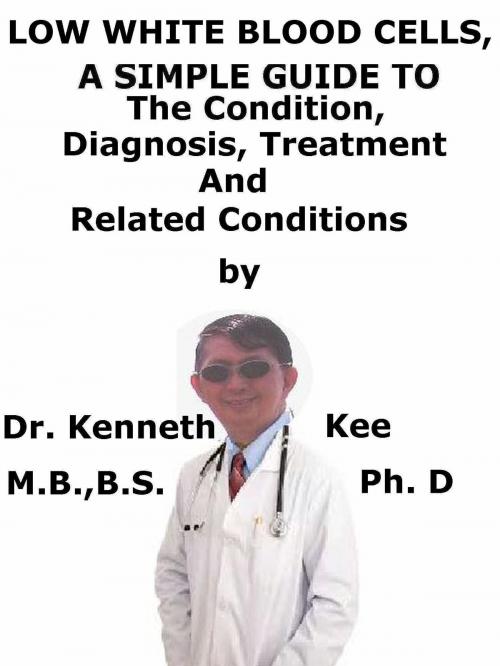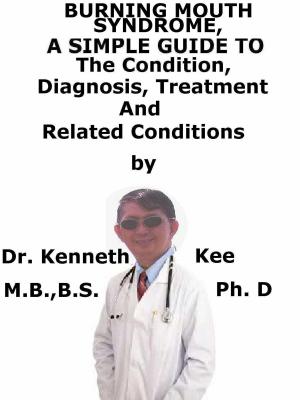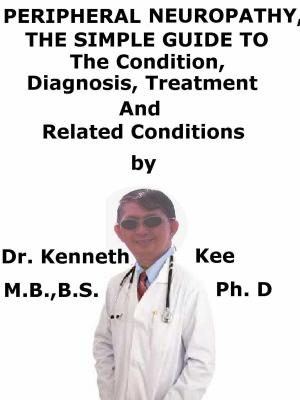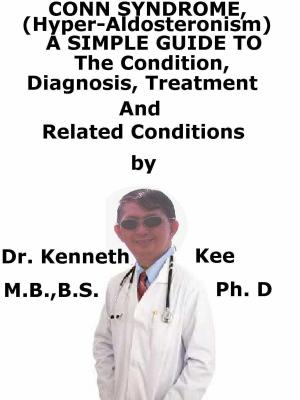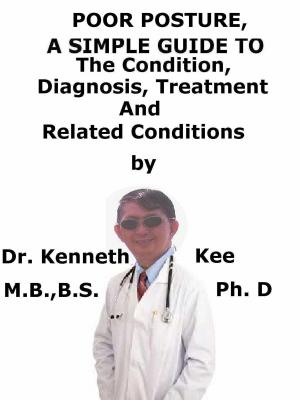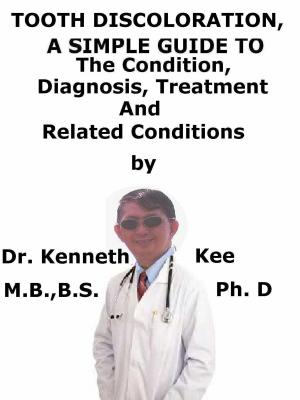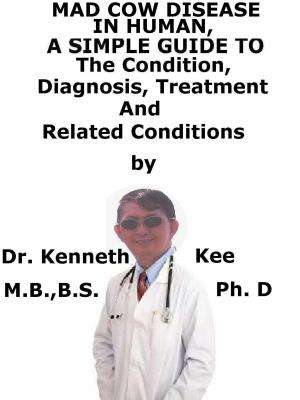Low White Blood Cells, A Simple Guide To The Condition, Diagnosis, Treatment And Related Conditions
Nonfiction, Health & Well Being, Medical, Specialties, Internal Medicine, Hematology, Ailments & Diseases, Infectious Diseases, General| Author: | Kenneth Kee | ISBN: | 9781370824540 |
| Publisher: | Kenneth Kee | Publication: | July 15, 2017 |
| Imprint: | Smashwords Edition | Language: | English |
| Author: | Kenneth Kee |
| ISBN: | 9781370824540 |
| Publisher: | Kenneth Kee |
| Publication: | July 15, 2017 |
| Imprint: | Smashwords Edition |
| Language: | English |
Leukopenia is an abnormally low number of white blood cells called leukocytes.
White blood cells are important because they fight infections from bacteria, viruses, fungi and other pathogens (organisms that cause infection).
White blood cells comprise of neutrophils, lymphocytes, monocytes, eosinophils and basophils.
A low white blood cell count (leukopenia) is a drop in disease-fighting cells in the blood.
Leukopenia is almost always related to a decrease in a certain type of white blood cell (neutrophil).
Generally, for adults a count lower than 4,000 white blood cells (leukocytes) per microliter of blood is considered a low white blood cell count.
One important type of white blood cell is the neutrophil (a granulocyte cell).
These cells are produced in bone marrow and travel in the bloodstream throughout the body.
They can sense infections, reach sites of infection, and destroy the pathogens.
Neutrophils are a type of phagocyte and are normally found in the bloodstream.
During the beginning (acute) phase of inflammation, especially as a result of bacterial infection, environmental exposure, and some cancers, neutrophils are one of the first-responders of inflammatory cells to migrate towards the site of inflammation.
They travel through the blood vessels, then through interstitial tissue, pursuing chemical signals such as Interleukin-8 (IL-8), C5a, fMLP, Leukotriene B4 and H2O2 in a process called chemotaxis.
They are the main cells producing pus, responsible for its yellowish appearance
When the body has too few neutrophils (
Leukopenia is an abnormally low number of white blood cells called leukocytes.
White blood cells are important because they fight infections from bacteria, viruses, fungi and other pathogens (organisms that cause infection).
White blood cells comprise of neutrophils, lymphocytes, monocytes, eosinophils and basophils.
A low white blood cell count (leukopenia) is a drop in disease-fighting cells in the blood.
Leukopenia is almost always related to a decrease in a certain type of white blood cell (neutrophil).
Generally, for adults a count lower than 4,000 white blood cells (leukocytes) per microliter of blood is considered a low white blood cell count.
One important type of white blood cell is the neutrophil (a granulocyte cell).
These cells are produced in bone marrow and travel in the bloodstream throughout the body.
They can sense infections, reach sites of infection, and destroy the pathogens.
Neutrophils are a type of phagocyte and are normally found in the bloodstream.
During the beginning (acute) phase of inflammation, especially as a result of bacterial infection, environmental exposure, and some cancers, neutrophils are one of the first-responders of inflammatory cells to migrate towards the site of inflammation.
They travel through the blood vessels, then through interstitial tissue, pursuing chemical signals such as Interleukin-8 (IL-8), C5a, fMLP, Leukotriene B4 and H2O2 in a process called chemotaxis.
They are the main cells producing pus, responsible for its yellowish appearance
When the body has too few neutrophils (
